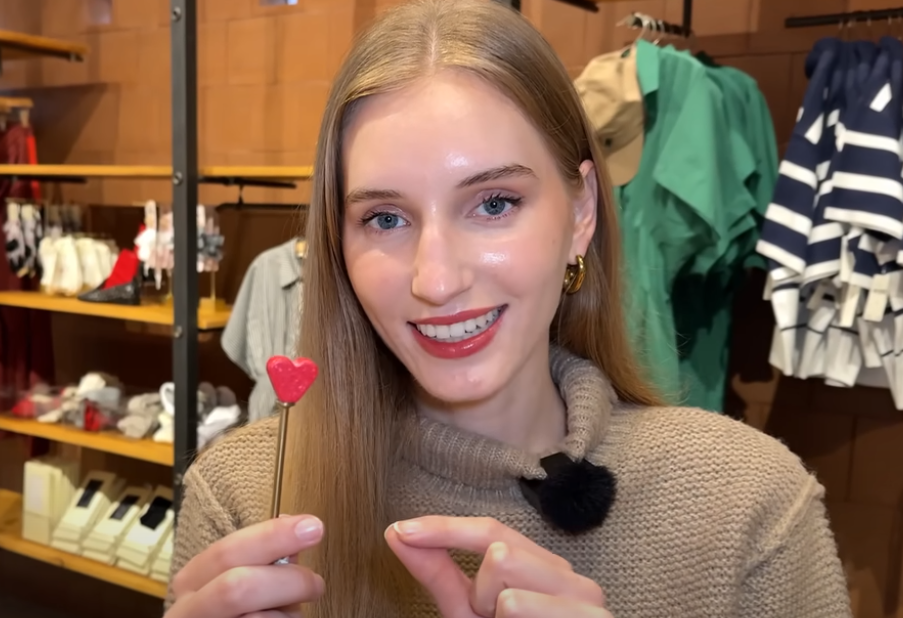Describing size is an essential part of communication in English, whether you’re talking about clothing, furniture, people, animals, or abstract ideas like problems or successes. Knowing how to express different sizes accurately can help you be more descriptive, precise, and culturally appropriate. In this article, we’ll explore the various ways to talk about size in English—ranging from small to large—across different contexts.

1. Basic Size Vocabulary
The most straightforward way to describe size in English is by using adjectives. Here are some commonly used size descriptors, grouped from smallest to largest:
- Tiny – extremely small
- Small – below average in size
- Medium – average size
- Large – above average in size
- Huge – very large
- Enormous – extremely large
- Gigantic / Giant – impressively or abnormally large
Each word carries a slightly different nuance. For example, “tiny” suggests something even smaller than “small,” and “enormous” sounds more dramatic than “large.”

2. Comparative and Superlative Forms
You can describe relative sizes using comparative and superlative forms. These are helpful when comparing one object or person to another.
- Comparative: smaller, bigger, taller, wider, longer, etc.
- Superlative: smallest, biggest, tallest, widest, longest, etc.
Examples:
- “This shirt is smaller than the other one.”
- “She lives in the tallest building in the city.”
3. Using Measurements
Precise measurements are often the most accurate way to describe size. Depending on what you’re describing, you might use:
- Length/Height: inches, feet, meters, centimeters
- Weight: pounds, kilograms, grams
- Volume/Capacity: liters, gallons, cups
- Clothing sizes: XS (extra small), S, M, L, XL (extra large), XXL
Examples:
- “The table is 2 meters long.”
- “He weighs 180 pounds.”
- “I wear a size medium in shirts.”

4. Describing Size with Similes and Metaphors
Native speakers often use comparisons to help listeners visualize size. These are especially useful in creative writing or casual speech.
Similes:
- “As small as a mouse”
- “As big as a house”
- “As tall as a giraffe”
Metaphors:
- “A mountain of paperwork”
- “A drop in the ocean”
- “A giant of a man”
These expressions are more vivid and emotionally engaging than plain adjectives.
5. Size in Context: People and Animals
When talking about people, it’s common to use terms like:
- Short / Tall – for height
- Petite / Slim / Average / Stocky / Large / Overweight – for body size
- Tiny / Small / Medium / Big / Huge – informal descriptors
Examples:
- “He’s very tall for his age.”
- “She’s a petite woman with a lot of energy.”
When describing animals, similar size adjectives apply, often with added emphasis for wild or exotic species.
Examples:
- “The puppy is so small it fits in my hand.”
- “Elephants are gigantic creatures.”

6. Size of Objects
For inanimate objects, size can affect how useful or impressive something is.
Examples:
- “This suitcase is too large to carry on the plane.”
- “I bought a tiny notebook that fits in my pocket.”
Adjectives like compact, bulky, portable, and oversized also come in handy.
7. Abstract Uses of Size
Size isn’t only used for physical descriptions. English also uses size vocabulary in abstract or metaphorical ways.
Examples:
- “A big problem” – a serious issue
- “Small talk” – casual or light conversation
- “A huge success” – very successful
- “Tiny detail” – something very specific and minor
- “Large-scale project” – an extensive undertaking
Here, “big,” “small,” and other size-related words take on emotional or conceptual meaning.

8. Cultural Considerations in Size Descriptions
It’s important to be sensitive when describing size, especially in reference to people. Words like “fat” or “skinny” can be perceived as rude or inappropriate in many contexts. Instead, more neutral or positive terms like curvy, full-figured, lean, or fit are preferred.
Also, British and American English sometimes differ in how they refer to sizes. For example:
- Clothing sizes: A UK size 12 is different from a US size 12.
- Measurements: The UK uses more metric units (centimeters, kilograms), while the US often uses imperial units (inches, pounds).
9. Describing Size in Business and Marketing
In business, marketers often use size to make products sound more appealing. Common phrases include:
- “Fun-sized” – a small, often snackable product
- “Family-sized” – large enough for a group
- “Economy-sized” – a large quantity meant to save money
- “Compact design” – small but efficient
- “Full-size” – standard or complete version
These phrases don’t always reflect literal size but suggest value or purpose.

10. Idioms and Phrases Involving Size
English is full of idioms involving size. Here are a few:
- “Think big” – be ambitious
- “Make a mountain out of a molehill” – exaggerate a small issue
- “A small world” – surprising how people or events are connected
- “Larger than life” – very impressive or exaggerated
- “Small potatoes” – insignificant or unimportant
These idioms often convey more than just physical size—they reflect attitude, importance, or emotion.
11. Describing Gradual Size Differences
When something changes size over time or varies slightly, you can use expressions like:
- “A bit bigger”
- “Slightly smaller”
- “Increasing in size”
- “Gradually shrinking”
- “Expanding rapidly”
These are helpful in scientific, medical, or economic contexts.
Examples:
- “The tumor has slightly increased in size.”
- “The company is growing at a steady rate.”



